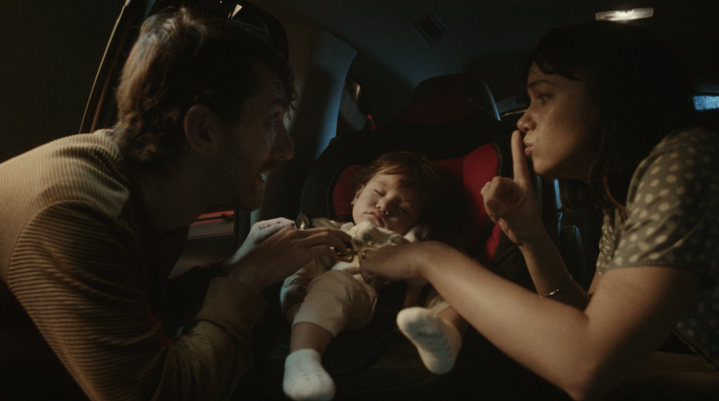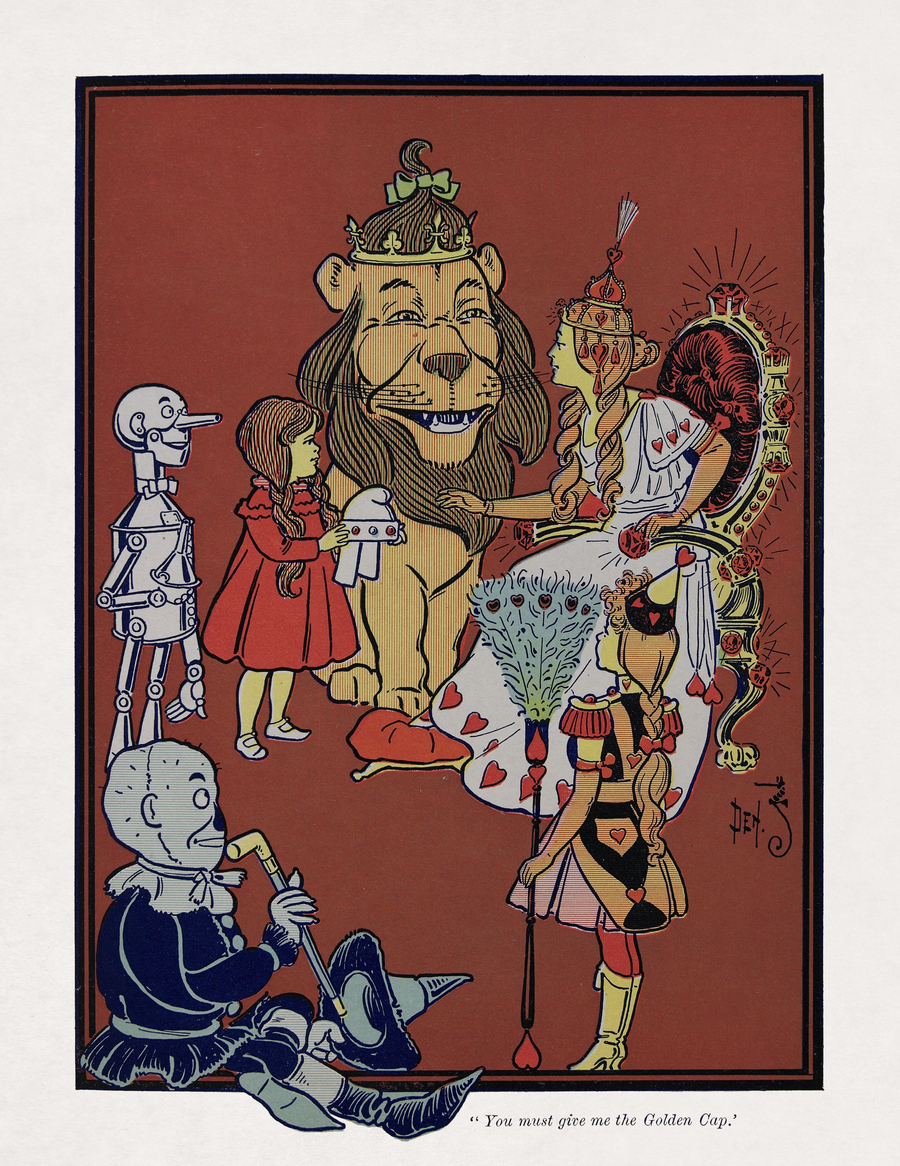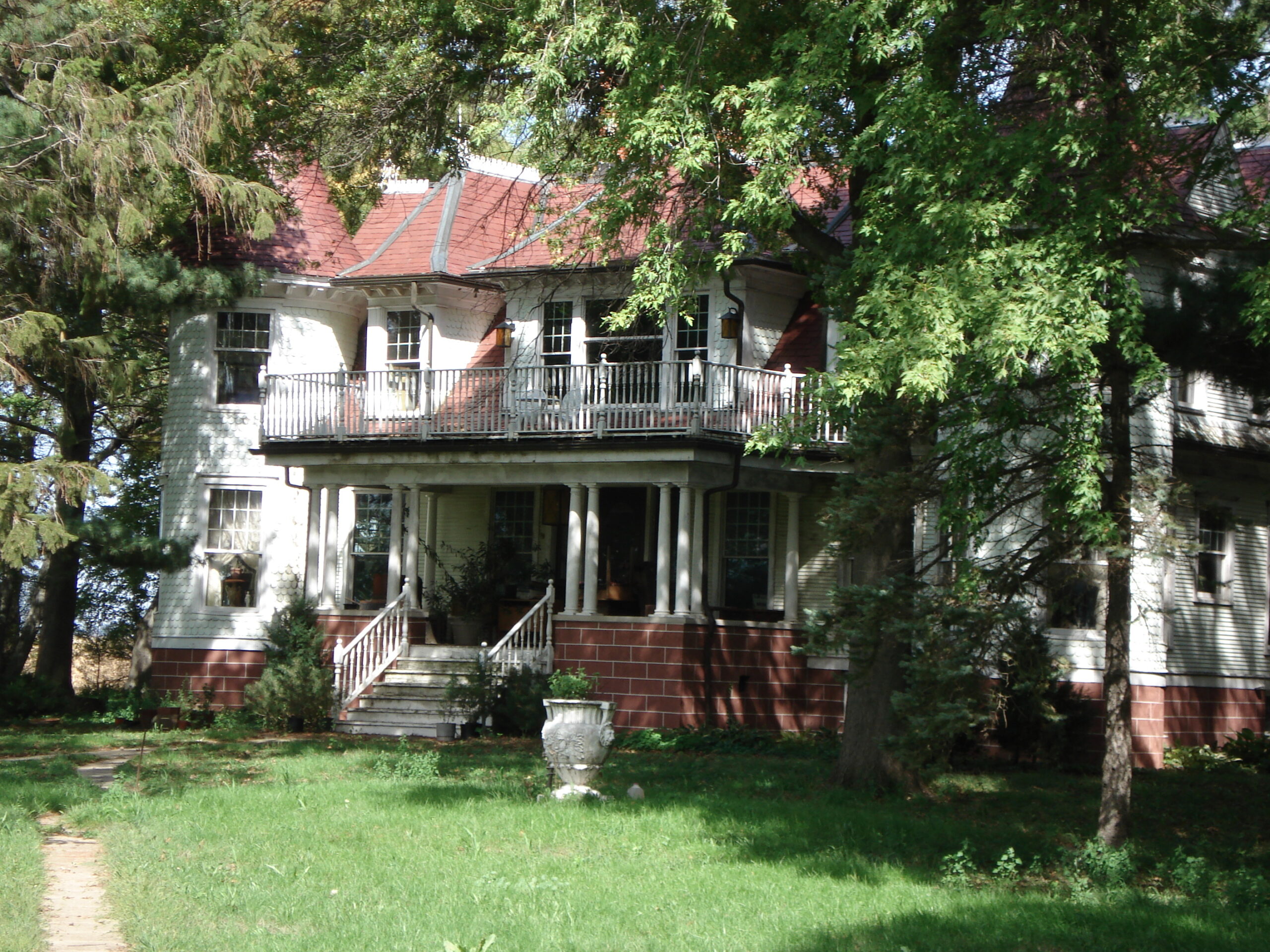
June 9, 2012
Introducing Strelka Press

Faithful readers may recall that I spent a week in the Bay Area in January, researching a story on the urbanism of Silicon Valley. The story, which grew into a lengthy critical essay, was born out of the comments on my post on the ring-shaped design of Apple’s new headquarters. Commenters said, in nice and not-so-nice ways, that you can’t accuse a Silicon Valley company of being suburban, because there’s no other option. But why then, I wondered, were companies like Facebook importing the coffee shops and bike stores, cafe culture and farmers markets of the city to those suburbs? What did they see in the city and, seeing that, why wouldn’t they move there? You can finally download and read that essay, titled “The Dot-Com City: Silicon Valley Urbanism” here, where it is part of a series issued by the brand-new publishing house Strelka Press.
Strelka Press will be devoted to long critical essays on architecture, design and urbanism, published initially as digital downloads, Kindle Singles or ebooks (pick your favorite term). The first release of six titles includes essays by Sam Jacob of FAT on architecture’s instinct for repetition and replication; Dan Hill (better known to some as @cityofsound) on designers’ need to engage with the “dark matter” of organizations and governments above and around a commission; and Julia Lovell on how cities are getting made in China. It is also part of a larger rethinking of how to get critical design writing into the hands of readers that includes a similar longform article series called Forefront, published by Next American City, and the Cooper-Hewitt’s forthcoming venture into ebooks, called DesignFile, which includes a collection of writings by Steven Heller and the prescient hacker thesis of 2011 DCrit graduate (and current Metropolis editor) Avinash Rajagopal.

The editor of the press is Justin McGuirk, design critic for the Guardian. He also wrote another of the available titles, “Edge City: Driving the Periphery of Sao Paolo.” I emailed him a few questions about the thinking behind creating Strelka Press in this form.
Why did you choose this digital model for the launch of Strelka Press?
Our decision to be “digital first” came out of various conversations I had, not least with the Strelka itself. We were trying to think how we could do something more experimental, something potentially disruptive. Clearly the challenge of this project was how to go into publishing at such a difficult time for the industry. Our major advantage is that we don’t have the millstones of a printed back catalogue and an expensive print infrastructure to protect. We’re much lighter on our feet.
And I’ve been frustrated by the recalcitrance of the publishing industry in engaging with the electronic book — there’s still surprisingly little available (especially among older titles) for a Kindle because publishers are still nervously protecting their print sales. Being digital first obviates all the annoying distribution problems — we just want to publish great content and get it to as many readers as we can, and being digital makes us nimble and fast.
The idea of an iTunes model — buying the song rather than the whole album — was too compelling to ignore. There are other long-form e-publishing sites popping up now, but when we first started talking about this in early last year it still felt radical.

Will there be physical books at some point?
We’d love to produce printed books. In fact, in Russian we already have — translations of Delirious New York and Me++. We’re curious to see how the digital series evolves and then we may well start to think about anthologies or annuals or even print-on-demand anthologies — where readers can select to bundle certain titles together by theme or author. That’s an incredibly exciting prospect.
Why do you think the long critical essay is important for architecture? For criticism?
I think there are two perspectives on this: the reader’s and the writer’s. As a reader, I’m increasingly gravitating towards longer-form writing because I find it so rewarding. And there are less and less forums for it. If Walter Benjamin were alive today and he wanted to publish his essays on Berlin or Moscow, who would publish them? There are some academic journals that no one reads maybe. Word counts are being cut across the board, and the emphasis is on pictures.Meanwhile, critique is increasingly coming in bite-sized forms, either as tweets or as comments or, most reductive of all, “likes” — we have a new critical economy of Facebook likes. I don’t criticise any of this — I’m as seduced by the rapid power of images as anyone, and I think social media are tremendously powerful. All we’re doing is offering another channel. Just because I’m addicted to Twitter doesn’t mean I don’t want to sit back and settle in to a nice long piece of engaging, thought-provoking writing.
And then, from the writer’s perspective, it’s just frustrating having to always squeeze everything into 1200 or increasingly 800 words — with all the journalistic devices and cliches that requires. At the same time, you don’t necessarily want to dedicate two years of your life into turning your subject into a book. There’s a whole wonderful world in between, where you have the room to tell a story AND to be critical AND to play with different structures AND to luxuriate in detail AND to notice the scenery. It’s tremendously appealing — if you have the time.

Is there anyone you refer to as a model in terms of content, style or audience?
Honestly, my models were the London Review of Books and the New Yorker. I always imagined Strelka Press as an unbundled edition of the LRB. And I’m deeply encouraged that while wordcounts shrink and magazines watch their subscriptions decline, the LRB’s subscriptions are going up.
We’re paying them an advance of €1000 Euros and sharing the royalties with them 50/50 — which is frankly revolutionary. That was something else I wanted — a fairer publishing model for authors. The more I looked into it the more I was amazed what a raw deal authors get — publishers treat them as though they’re doing them a favour (unless they’re stars of course). Since we are a non-profit organisation, and because we’re not supporting a whole print infrastructure, we can afford to give authors such a generous deal. As to how many we’ll sell, I have no idea — it could be thousands or hundreds. I hope it’s thousands but the whole thing’s an experiment.

What do you have planned for the next round?
The first series was very much based on invitations and commissions. There are writers I’ve been talking to who couldn’t get it together for this round but hopefully will for the next, but I’m also waiting to see what kind of a response we get. The aim is that this programme opens people’s eyes to the potential and that we start to get writers approaching us rather than just me approaching them.
I totally agree, it was liberating and daunting to take this on, a personal threshold crossed for me too actually. I’m also aware that there’s a new generation emerging out of critical writing courses and I want this to be a platform that they aspire to. I’m convinced it can only enrich the discourse of architecture and design — especially in design.
Observed
View all
Observed
By Alexandra Lange
Related Posts

Business
Kim Devall|Essays
The most disruptive thing a brand can do is be human

AI Observer
Lee Moreau|Critique
The Wizards of AI are sad and lonely men

Business
Louisa Eunice|Essays
The afterlife of souvenirs: what survives between culture and commerce?

Architecture
Bruce Miller|Essays
A haunting on the prairie
Recent Posts
Synthetic ‘Vtubers’ rock Twitch: three gaming creators on what it means to livestream in the age of genAIRaphael Tsavkko Garcia|Analysis
AI actress Tilly Norwood ignites Hollywood debate on automation vs. authenticity “I’d rather be a pig”: Amid fascism and a reckless AI arms race, Ghibli anti-war opus ‘Porco Rosso’ matters now more than everEllen McGirt|Holiday Gift Guide
Visions of sugar-plumsRelated Posts

Business
Kim Devall|Essays
The most disruptive thing a brand can do is be human

AI Observer
Lee Moreau|Critique
The Wizards of AI are sad and lonely men

Business
Louisa Eunice|Essays
The afterlife of souvenirs: what survives between culture and commerce?

Architecture
Bruce Miller|Essays

 Alexandra Lange is an architecture critic and author, and the 2025 Pulitzer Prize winner for Criticism, awarded for her work as a contributing writer for Bloomberg CityLab. She is currently the architecture critic for Curbed and has written extensively for Design Observer, Architect, New York Magazine, and The New York Times. Lange holds a PhD in 20th-century architecture history from New York University. Her writing often explores the intersection of architecture, urban planning, and design, with a focus on how the built environment shapes everyday life. She is also a recipient of the Steven Heller Prize for Cultural Commentary from AIGA, an honor she shares with Design Observer’s Editor-in-Chief,
Alexandra Lange is an architecture critic and author, and the 2025 Pulitzer Prize winner for Criticism, awarded for her work as a contributing writer for Bloomberg CityLab. She is currently the architecture critic for Curbed and has written extensively for Design Observer, Architect, New York Magazine, and The New York Times. Lange holds a PhD in 20th-century architecture history from New York University. Her writing often explores the intersection of architecture, urban planning, and design, with a focus on how the built environment shapes everyday life. She is also a recipient of the Steven Heller Prize for Cultural Commentary from AIGA, an honor she shares with Design Observer’s Editor-in-Chief,